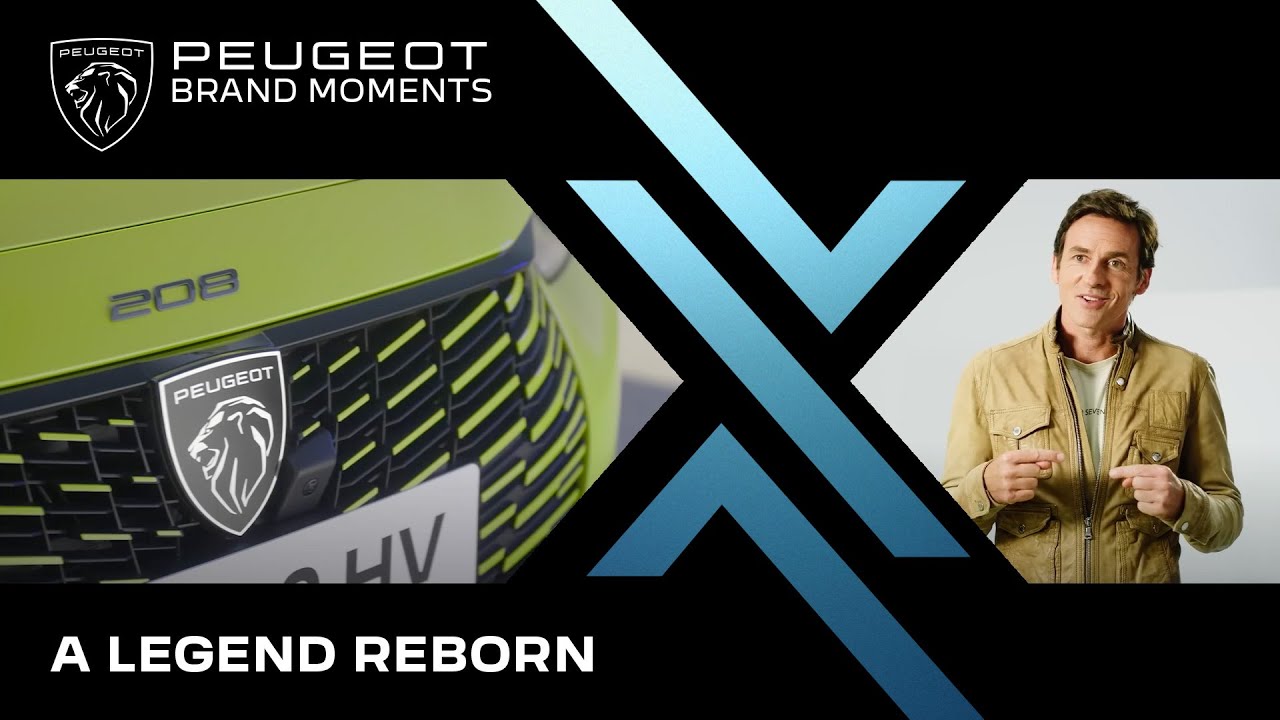Audi's Worst Nightmare
Summary
TLDRThe script narrates the thrilling and dangerous era of Group B rally racing, focusing on the rise of the Peugeot 205 T16. From its inception in the late 1970s to dominating the rally scene with two manufacturers' and two drivers' titles, the 205 T16 became the fastest rally car of its time. Despite initial challenges and tragedies that marred the sport, Peugeot's innovative mid-engine, all-wheel-drive car secured 16 event wins, outperforming competitors like Audi's Quattro. However, the extreme danger led to Group B's ban in 1987, ending an exhilarating chapter in motorsport history.
Takeaways
- 🏎️ The 'Pjo 205 T16' was a dominant force in Group B rally racing, winning two drivers' and two manufacturers' titles within a short span of 5 years.
- 🚗 The development of the 'Pjo 205' started as a family hatchback under the project code 'M24', with the aim to replace the '104' model.
- 🌟 Talbot, acquired by PSA, brought expertise in building small family hatchbacks and was instrumental in the development of the rally car.
- 🏆 The 'Pjo Talbot Sport' was formed with Jean Todt at the helm, aiming to capitalize on the marketing potential of rallying and the '205' model's success.
- 🔧 The '205 T16' was designed with a mid-engine, four-wheel-drive layout, and a 1.8L turbocharged engine, setting it apart from front-wheel-drive competitors.
- 🛠️ The car faced aerodynamic and handling issues initially, which were addressed through modifications to improve its performance.
- 🏁 Ari Vatanen scored the first win for the '205 T16' in Finland, marking a turning point in its competitive history.
- 🏆 The '205 T16' won the manufacturer's championship in 1985 with a full season entry, showcasing its potential against competitors like Audi.
- 🔝 The 'Evo 2' variant of the '205 T16' introduced more power and aerodynamic improvements, pushing the car's capabilities further.
- 🚨 The tragic accidents in the sport raised safety concerns, leading to the eventual banning of Group B in 1987.
- 📉 Despite the ban, the '205 T16' continued to win races in 1986, securing another manufacturer's title and solidifying its legacy in rally history.
Q & A
What made Group B rally an era of extremes?
-Group B rally was characterized by extreme power, extreme speed, and extreme danger, requiring participants to push the limits of physics and safety.
How successful was the Peugeot 205 T16 in Group B rallying?
-The Peugeot 205 T16 was highly successful, winning two drivers' and two manufacturers' titles within the short five years of Group B competition.
What was the project code for the development of the Peugeot 205?
-The project code for the development of the Peugeot 205 was M24.
What was the significance of Talbot in Peugeot's rally history?
-Talbot, part of the assets absorbed by PSA Peugeot Citroen, had proven rally success with the Chrysler Lotus Sunbeam, influencing Peugeot's decision to enter Group B rallying.
Who was put in charge of Peugeot Talbot Sport, and why?
-Jean Todt, an experienced rally co-driver and future motorsport management legend, was put in charge to lead Peugeot Talbot Sport due to his expertise and French nationality.
Why was the Peugeot 205 T16 delayed in its debut season?
-The Peugeot 205 T16 was delayed due to the company's inability to build the homologation cars fast enough to meet the January 1st homologation requirement, causing a late start in the 1984 season.
What were the major challenges faced by the Peugeot 205 T16 during its development?
-The Peugeot 205 T16 faced challenges with aerodynamic downforce and handling characteristics, particularly due to the off-center engine placement causing instability when airborne.
How did the Peugeot 205 T16 perform in its debut season?
-Despite starting late, the Peugeot 205 T16 finished third in the manufacturers' standings in 1984, with notable victories in events like the Finnish Rally and the RAC Rally in Wales.
What changes were made to the Peugeot 205 T16 in its Evo 2 variant?
-The Evo 2 variant of the Peugeot 205 T16 included a new turbocharger, engine cooling system, increased power, enhanced frame stiffness, and additional aerodynamic parts.
What led to the end of Group B rallying?
-Group B rallying was ended due to a series of tragic accidents, including the deaths of Lancia driver Henri Toivonen and his co-driver Sergio Cresto, prompting the FIA to ban the category for safety reasons.
Outlines

Esta sección está disponible solo para usuarios con suscripción. Por favor, mejora tu plan para acceder a esta parte.
Mejorar ahoraMindmap

Esta sección está disponible solo para usuarios con suscripción. Por favor, mejora tu plan para acceder a esta parte.
Mejorar ahoraKeywords

Esta sección está disponible solo para usuarios con suscripción. Por favor, mejora tu plan para acceder a esta parte.
Mejorar ahoraHighlights

Esta sección está disponible solo para usuarios con suscripción. Por favor, mejora tu plan para acceder a esta parte.
Mejorar ahoraTranscripts

Esta sección está disponible solo para usuarios con suscripción. Por favor, mejora tu plan para acceder a esta parte.
Mejorar ahoraVer Más Videos Relacionados
5.0 / 5 (0 votes)






